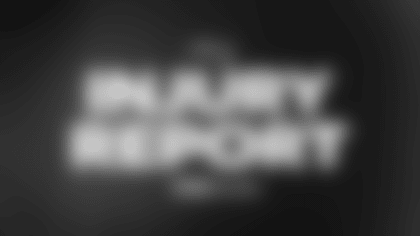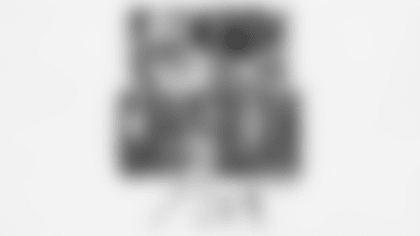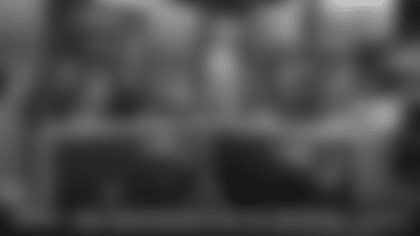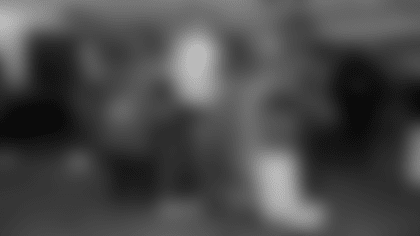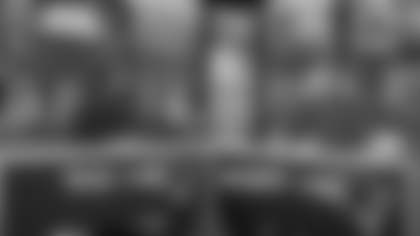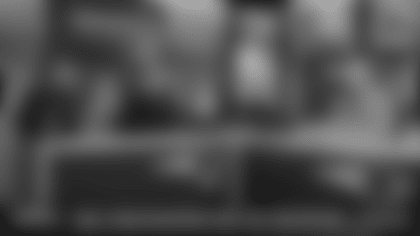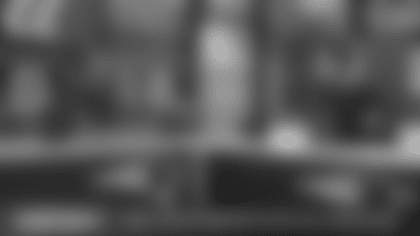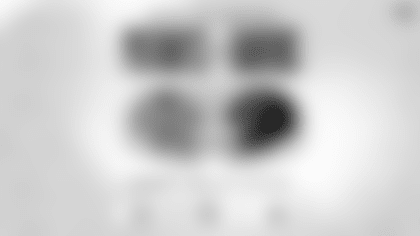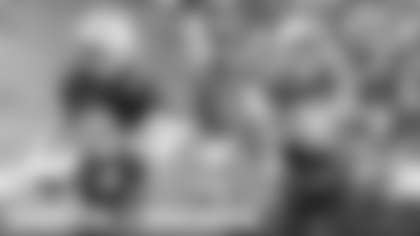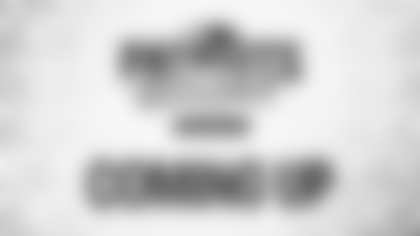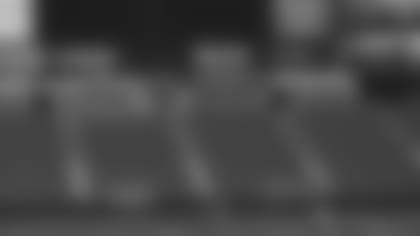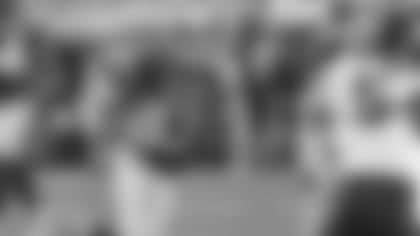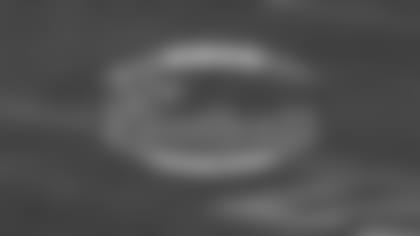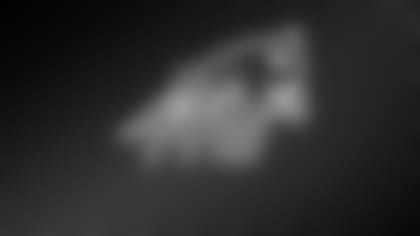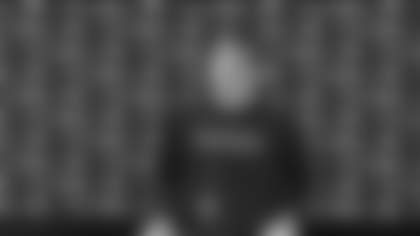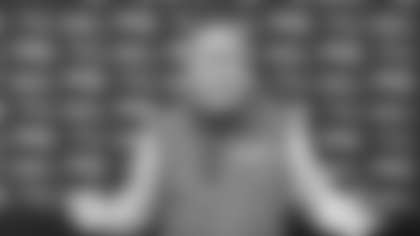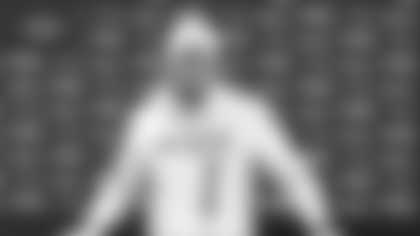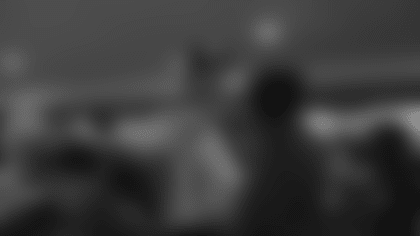The Patriots officially announced the replacement of Gillette Stadium's natural grass with FieldTurf on Wednesday. The first stages of the installation process have already begun inside the stadium.
"I guess it's no longer a secret, but when the Patriots play the Bears a week from Sunday, we will be playing the game on FieldTurf," announced team president Jonathan Kraft on Wednesday. "In doing so, we'll become the 10th NFL team to be playing on that surface for games."
Kraft went on to explain that the change, which is the first mid-season conversion from grass to artificial turf in NFL history, won't be as drastic for the players as you might think – they practice on it every time they're indoors at the Dana-Farber Fieldhouse.
"We've been practicing on FieldTurf since we put it in five years ago," said Kraft. "When we put the FieldTurf in five years ago, we did a lot of work about what the best product in the marketplace was. It was clearly FieldTurf. That was the best synthetic field that existed."
Kraft explained that he and his family have developed a working partnership with FieldTurf CEO John Gilman and his family, installing FieldTurf at a number of locations for Kraft Group projects. He said they've even become friends over the last five years.
"Not only have we selected the best product, but we've selected the best people," Kraft said.
Gilman then fielded questions about the accelerated installation of FieldTurf at Gillette, as well as the product itself.
According to Gilman, the installation process usually takes five to six weeks. He said there would be three crews working around the clock to get it done in time for the Nov.26 game.
"We've got three of the top crews out there now and they're going 24 hours a day," said Gilman. "We haven't slept much in the last two days and everything's on schedule."
The base work below the turf will be finished by Saturday. Then the crews will begin to sew in the FieldTurf on Sunday. Gilman explained that FieldTurf is made in a process similar to making shag carpeting.

"[The artificial grass is] less than 2 and a half inches long, well actually five inches – it goes down and back up and gets cut off so you've got 2 and a half inches of fiber," he said before explaining how the artificial dirt is put in. "What we do is we infill the two and a half inches so it's the reverse of [real] grass. Where grass gets cut down to three-quarters of an inch in height, we add one and three-quarter inches of infill going up. That's done by putting in layers of silica sand and cryogenic rubber."
Rather than waiting for the FieldTurf to settle naturally, as is usually done, the crews will roll the FieldTurf to pack it down and make it faster before the game. It usually takes about a month to pack naturally, and a square foot of it weighs almost exactly as much as a square foot of sod.
The accelerated installation process has no prior precedent, however the FieldTurf Company and the Patriots are confident it will be done in time. It should last for 10 to 12 years, and Gilman said it would cost between $720,000 and $750,000 at about $8.00 per square foot. The turf will be all green and removable paint will be used to put the lines on the field so it can be redone for Revolution soccer matches.
It's non-abrasive and each blade has a "spine" in it, so even if it's crushed flat for long periods of time while events are being held, it will still stand up straight. The cryogenic rubber is completely non-toxic, so it's safe for the players to play on as well.
Gilman said the FieldTurf can be installed in the rain, since the spreaders used for the artificial dirt are fitted with umbrellas. However, he said heavy snow could throw a real wrench in the operation.
"We've put in 11 fields in Scotland where we've had to work under a moveable tent and literally sew it, move it and infill it with heaters going in the tent," said Gilman. "We're even prepared for that, but that's the worst, worst-case scenario."


